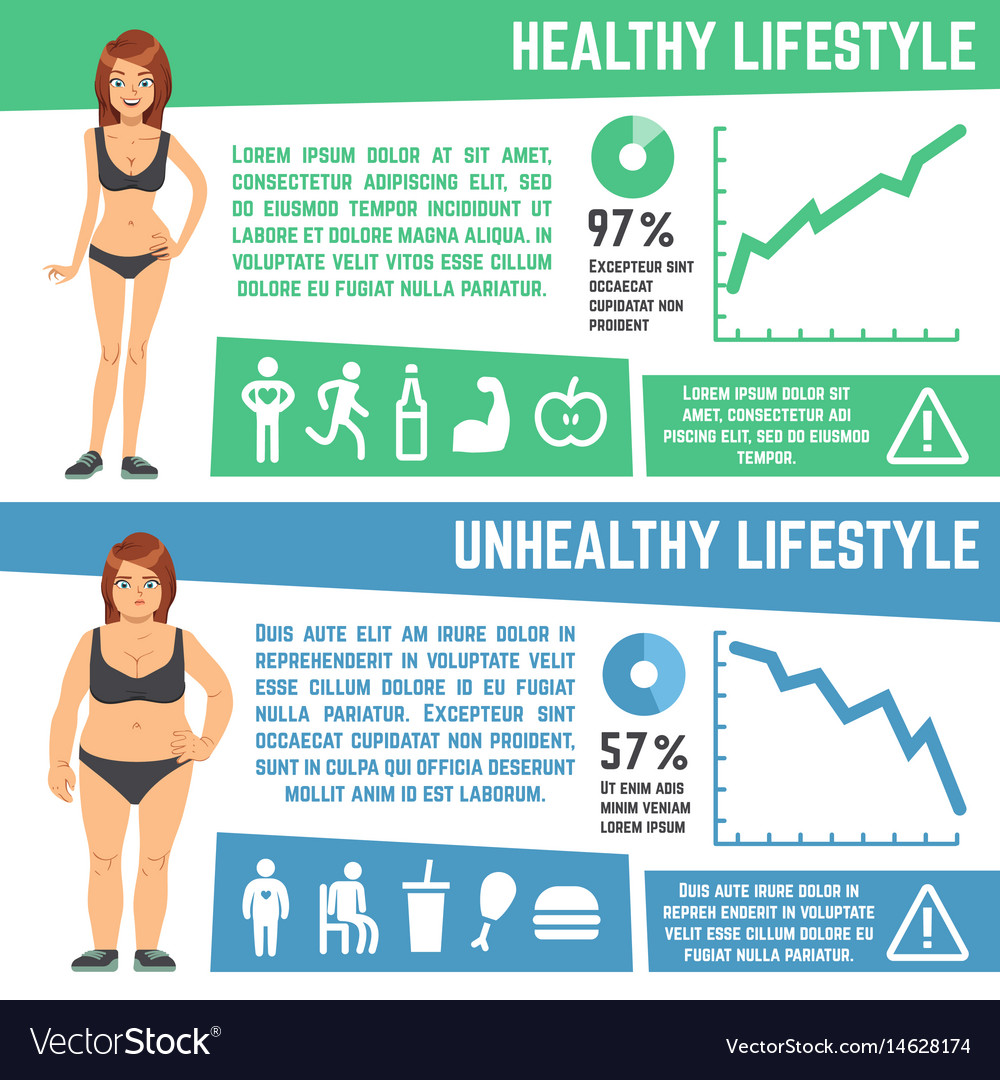Cold laser therapy is a non-invasive, pain-free treatment that helps in reducing swelling and increases cell regrowth. It is a secure option to invasive treatments and often has prompt outcomes.
Laser photons launch a domino effect of chain reactions within the cell that lower discomfort, swelling, and increase recovery. It boosts blood flow to the location by generating vasodilation.
What to Anticipate
Cold laser treatment is a non-invasive therapy that makes use of low-level laser light to penetrate deep right into damaged tissues, setting off cell function on multiple levels to advertise tissue healing. This helps reduce discomfort and inflammation, while promoting contraction and regrowth.
During a session, you'll sit or relax pleasantly and the professional will mark the locations on your body that requirement to be treated. The expert then applies a tiny handheld device with the laser to the area. During the therapy, you may really feel a minor prickling or heat in the area of your injury.
Before starting treatment, it is necessary to clean the location of your injury and get rid of any precious jewelry or other items that could obstruct of the laser's course. It's also important to avoid any type of combustible materials that could be in the area of the laser beam. This will certainly ensure your safety and security and the effectiveness of the treatment.
Prep work
Cold laser treatment works by radiating light externally of your skin. The light is absorbed by the leading layer of your skin and then boosts the cells to create power that advertises healing.
Throughout the therapy, you might feel a cozy or prickling experience in the area that is being treated. This is totally regular, though you should allow the expert recognize if the feeling is uneasy or also solid.
This treatment has a lot of pledge for aiding people with traumatic brain injury (TBI). The therapy is non-invasive and doesn't have any negative side effects. Nevertheless, more research is needed to determine the optimal treatment protocol. The very best method to learn if you are a candidate for this sort of therapy is to consult with a trained physical therapist. They will have the ability to help you determine if cold laser therapy is right for you.
The Treatment
Once the specialist has properly placed you for therapy, they will certainly then put the chilly laser gadget on the damaged location. They might maintain it on for 30 secs or longer, depending on the dimension of the injury and its sensitivity. They will certainly make use of safety safety glasses to guarantee that the laser does not directly hit the eyes, and they will see to it that you are protected from any kind of glare that might occur.
You might really feel a minor tingling experience on the area that is being treated, yet it will certainly not be unpleasant or excruciating. This is an indicator that the laser is working to stimulate the recovery process in the influenced tissue.
Most people experience discomfort alleviation within a couple of sessions, with some seeing enduring results also after a number of months of treatments. It is necessary to note that LLLT is not implied as a sole treatment for any chronic discomfort problem and it should be paired with various other healing strategies in order to attain maximum results.
Post-Treatment
After you lie down or rest, the specialist will use a stick with a collection of light-emitting diodes to target your pain site. You will certainly use protective eye safety glasses, cold laser treatment and the laser might be held on your skin for 30 to 60 seconds. You may really feel a gentle, relaxing sensation during the therapy.
The photons from the laser pass through deep right into your tissue, setting off a healing response on a cellular degree. Unlike various other types of laser therapy, this low-intensity approach does not develop warm.
Some researches have revealed that cold laser therapy works in treating a number of conditions, consisting of chronic pain and injuries. Nevertheless, it is less extensively accepted as a basic clinical practice, and it isn't covered by several health insurance strategies. Additionally, it is not suggested to be used over any kind of dubious cancerous lesions or cancers or on pregnant females. You must always consult with your oncologist prior to pursuing this form of therapy.
